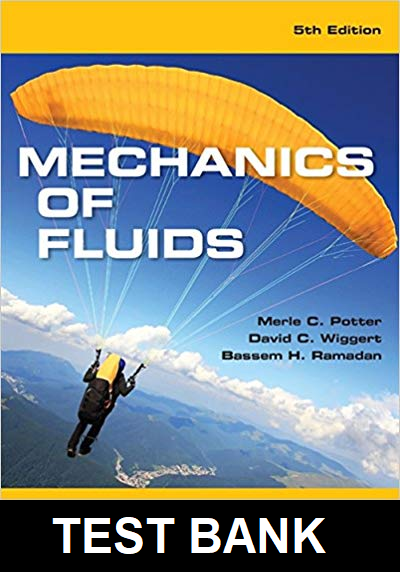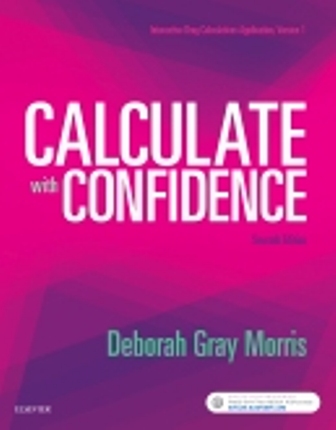In Stock
Motivation Theory Research and Application 6th Edition by Herbert L. Petri – Test Bank
Edition: 6th Edition
Format: Downloadable ZIP Fille
Resource Type: Test bank
Duration: Unlimited downloads
Delivery: Instant Download
$18.00
Motivation Theory Research and Application 6th Edition by Herbert L. Petri – Test Bank
CHAPTER 4 – Test Bank
Physiological Mechanisms of Regulation
[Note: After each question, the correct answer, the textbook page from which it comes, and the question type is provided.]
1. Which of the following is NOT a taste receptor on the tongue?
a. sweet
b. sour
c. vegetable
d. umami
[c 101 conceptual]
2. The finding that an individual exposed to an unchanging diet will eat less than if an individual had access to a varied diet is called:
a. variability hypothesis
b. sensory-specific satiety
c. sameness sensory theory
d. dietary need for change
[b 103 factual]
3. Questions concerning why we ingest food or water may involve studying all of these EXCEPT:
a. homeostatic mechanisms
b. memory processes
c. stimulus qualities of food
d. the cerebellum
[d 103 conceptual]
4. The observation that an animal or person exposed to an unchanging diet will eat less than if they had access to a variety of foods has been called the:
a. Ziegarnik effect
b. Law of effect
c. Yerkes-Dodson Law
d. sensory-specific satiety
[d 103 factual]
5. Three components of food are:
a. carbohydrates, fats, proteins
b. carbohydrates, amino acids, proteins
c. triglycerides, cholesterol, glucose
d. amino acids, lipids, glucose
[a 103 factual]
6. Which of the following is NOT true of the local theory of motivation?
a. it assumes that signals controlling hunger and thirst are produced by the brain
b. it was based on Cannon and Washburn’s experiments with swallowed balloons
c. it assumes signals controlling hunger are produced in the peripheral organs of the body
d. it has been shown to be inadequate to explain hunger and thirst
[a 105 conceptual]
7. A _____ theory of motivation assumes that signals that control motives such as hunger are produced in the peripheral body organs.
a. central
b. controllable
c. local
d. hypothalamic
[c 105 factual]






